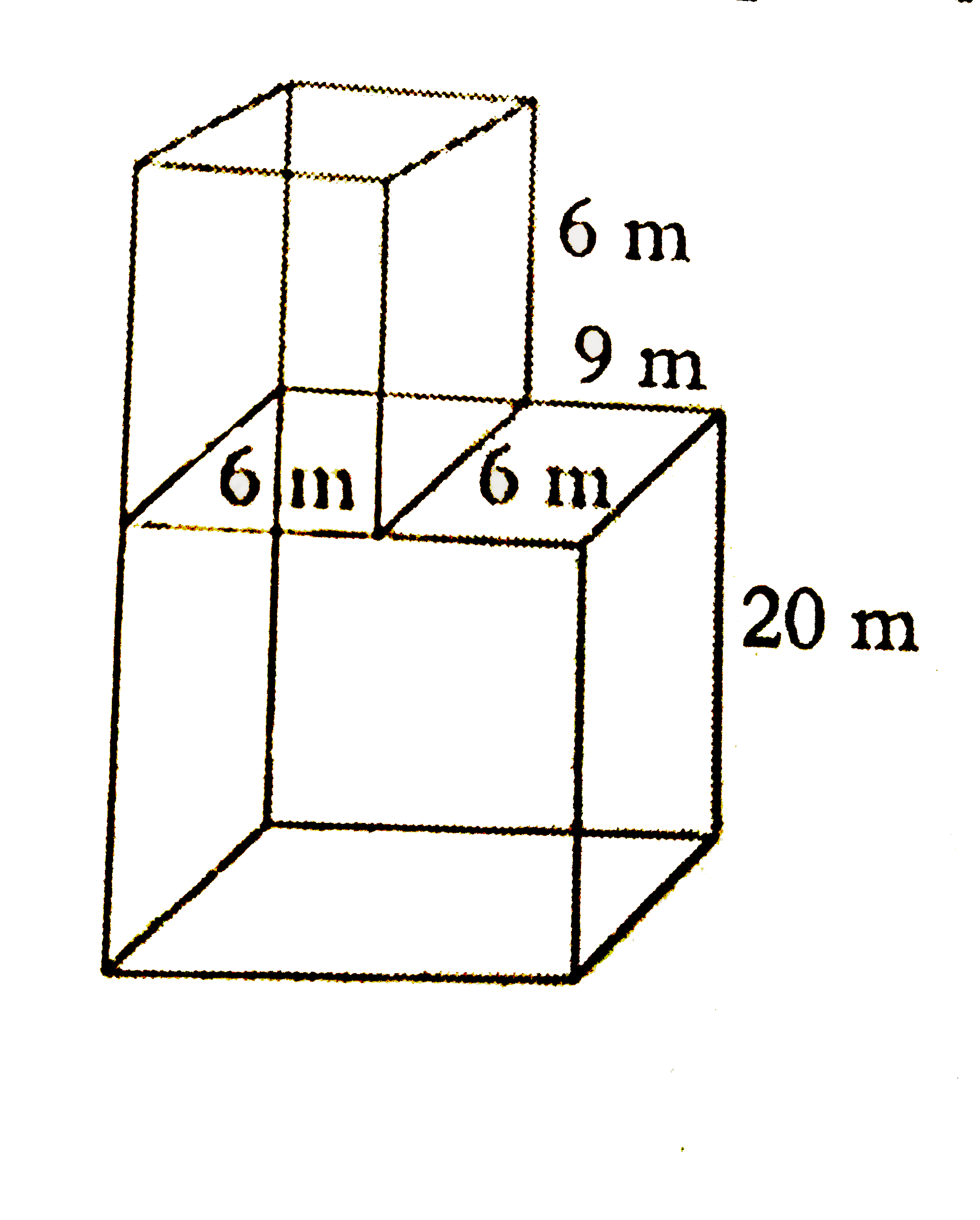Construct a quadrilateral ABCD in which AB =4.6 cm , BC=2.6 cm, CD=3.5 cm, AD=2.6 cm , and the diagonal AC=4.9 cm.
ltimg src="https://d10lpgp6xz60nq.cloudfront.net/physics_images/PS_MATH_VII_C05_S01_019_Q01.png" width="80%"gt
Video Solution
Text Solution
Steps:
1. Draw a line segment AB=4.6 cm.
2. With A and B as centres, draw two arcs of radii 4.9 cm and 2.6 cm, respectively , to intersect each other at C.
3. With C and A as centre, draw two arcs of radii 3.5 cm and 2.6 cm, respectively, to intersect at D.
4. Join BC, CD and , AD to form quadrilateral ABCD. ABCD is the required quadrilateral .
|
Topper's Solved these Questions
- GEOMETRY BOOK - PEARSON IIT JEE FOUNDATIONCHAPTER - GEOMETRY EXERCISE - very Short answer Type Question
25 Videos
- GEOMETRY BOOK - PEARSON IIT JEE FOUNDATIONCHAPTER - GEOMETRY EXERCISE - Short answer Type Question
29 Videos
- FORMULASBOOK - PEARSON IIT JEE FOUNDATIONCHAPTER - FORMULASEXERCISE - ASSESSMENT TESTS (Test 2)
8 Videos
- INDICES BOOK - PEARSON IIT JEE FOUNDATIONCHAPTER - INDICES EXERCISE - Test -2
12 Videos
Similar Questions
Match the following Column A to Column B

View SolutionMatch the following Column A to Column B

View SolutionIn Fig, find the value of x.

View SolutionDraw the bisector of ∠AOB=58∘

View SolutionFind the area of figure given below.

View SolutionConstruct as quadrilateral ABCD in which AB=4.8cm, BC=4.3cm, CD=3.6cm, AD=4.2cm and diagonal AC=6cm.
View Solution
From the above Venn diagram ,Find n(P−Q)+n(Q−P)
View SolutionCalculate the volume of the given solid.

View SolutionFind the area of the figure given below.

View SolutionIdentify the cell organelle 'A' :-

View Solution
